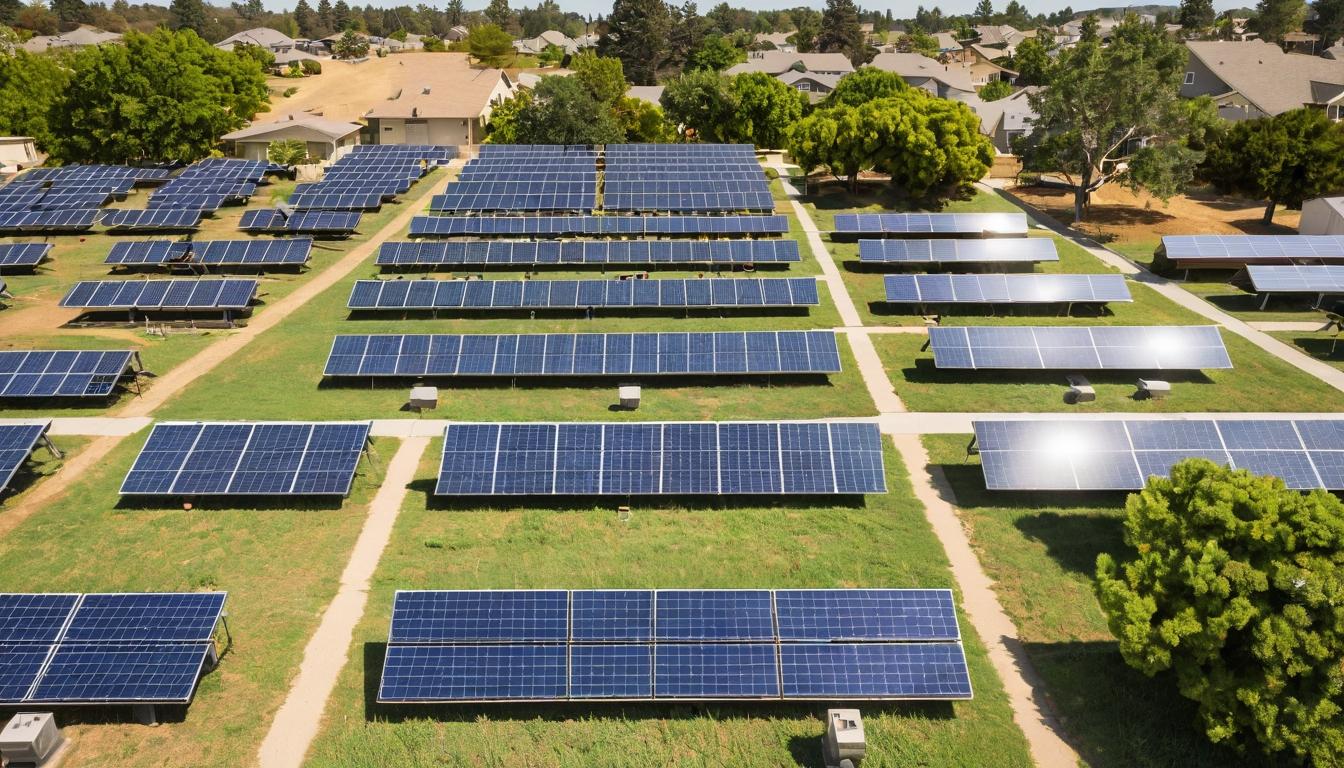In the quiet neighborhoods of suburban America, something remarkable is happening. While political debates rage about climate policy and energy independence, ordinary homeowners are taking matters into their own hands—one rooftop at a time. The solar revolution isn't just happening in corporate boardrooms or government buildings; it's unfolding on Main Street, where families are discovering that the power to change their energy future literally lies right above their heads.
What's driving this grassroots movement isn't just environmental consciousness, though that certainly plays a role. The real catalyst is something far more practical: economics. Solar panel costs have plummeted by over 80% in the past decade, making what was once a luxury for the wealthy now accessible to middle-class families. But the story doesn't end with cheaper panels. The solar industry has become a masterclass in innovation, with new financing models, improved efficiency, and creative installation techniques making adoption easier than ever.
Take community solar gardens, for instance. These shared solar projects allow renters, apartment dwellers, and homeowners with shaded roofs to participate in the solar boom. Instead of installing panels on individual properties, subscribers buy or lease portions of a larger solar array located elsewhere in their community. The electricity generated gets fed into the local grid, and participants receive credits on their utility bills. It's a simple concept that's breaking down the traditional barriers to solar adoption.
Meanwhile, battery storage technology is quietly revolutionizing how we think about solar power. The old criticism that solar only works when the sun shines is becoming increasingly irrelevant as home battery systems like the Tesla Powerwall and LG Chem RESU become more affordable. These systems store excess solar energy generated during the day for use at night, during power outages, or during peak demand periods when electricity rates are highest. The combination of solar panels and batteries is creating energy-independent homes that can operate completely off-grid if necessary.
The solar workforce is undergoing its own transformation. What began as a niche industry dominated by small installers has evolved into a major employment sector creating jobs faster than nearly any other industry in the country. Solar installers, electricians, engineers, and sales professionals are finding stable careers in an industry that shows no signs of slowing down. Training programs and apprenticeships are popping up at community colleges across the nation, preparing the next generation of clean energy workers.
But perhaps the most fascinating development is how solar is reshaping utility business models. Traditional power companies, once skeptical of distributed generation, are now embracing solar through utility-scale projects and innovative rate structures. Some forward-thinking utilities are even helping customers finance rooftop solar installations, recognizing that a more resilient, distributed grid benefits everyone. The relationship between utilities and their customers is being redefined in real-time.
Technology continues to push the boundaries of what's possible. Bifacial solar panels, which capture sunlight from both sides, are achieving efficiencies that were unimaginable just a few years ago. Floating solar farms are turning reservoirs and ponds into power generators while reducing water evaporation. Building-integrated photovoltaics are turning entire building facades into power plants. The innovation pipeline shows no signs of slowing down.
What's often overlooked in the solar conversation is how it's revitalizing local economies. Solar installation companies are predominantly local businesses, keeping energy dollars circulating within communities rather than flowing out to distant fossil fuel producers. The money saved on electricity bills gets reinvested in local businesses, creating a virtuous economic cycle that benefits everyone.
The environmental benefits extend far beyond reduced carbon emissions. Solar installations create habitat for pollinators when combined with native plantings underneath panels. They reduce water consumption compared to fossil fuel power plants. And they improve air quality in communities that have long suffered from pollution from nearby power plants.
As we look to the future, the solar revolution appears to be just getting started. New materials like perovskite solar cells promise even higher efficiencies at lower costs. Solar-plus-storage microgrids are making communities more resilient to extreme weather events. And artificial intelligence is optimizing solar system performance in ways that maximize energy production and financial returns.
The most exciting part of this story might be how it's being written not by politicians or corporate executives, but by ordinary people making practical decisions about their energy future. In living rooms across America, families are crunching the numbers, talking to neighbors who've already made the switch, and discovering that going solar isn't just good for the planet—it's good for their wallets too. The revolution isn't coming—it's already here, and it's happening one rooftop at a time.
The solar revolution is quietly transforming American communities

